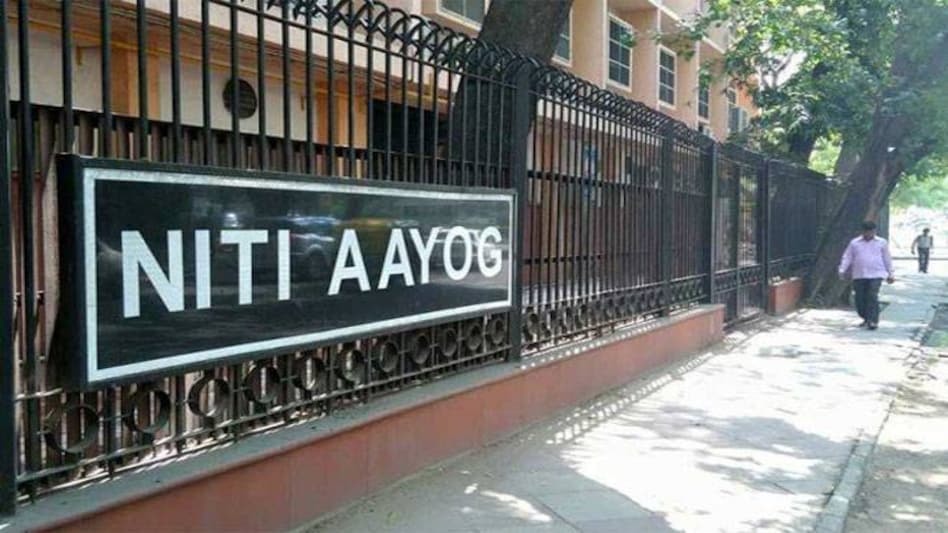

India's apex government think-tank Niti Aayog and Union Health Ministry have proposed a public private partnership (PPP) model to augment the state run healthcare institutions' capacity to treat non-communicable diseases like cancer and heart ailments. The suggestion is to provide land or building within an existing public health facility or its premises to allow private healthcare provider set up specialised treatment units for specified illnesses.
India has always had a patchy track record when it comes to public private partnerships (PPP) in healthcare. Over the last two decades or so, several state governments have tried to rope in private healthcare players to offer affordable treatment to masses. One of the earliest models was to provide land at concessional rates, after getting the private partner to commit to offer free treatment to the poor. Governments have tried to lease out entire facility to the private player, given them the operational rights for mutually agreed time frame and allowed them to provide specific services like diagnostic labs or pharmacies within the government hospital premises. The results have always been mixed. There were some good examples, some failures. But none of these partnerships were seen as something that can be scalable pan-India, and hence become a template for universal healthcare coverage.
How different is the current proposal?
The overall framework seems to be familiar, as there have been instances where long term contracts were signed to outsource services from private players. The problem, almost always, was the lack of mutual trust. The private healthcare provider often felt that the government conditions were too restrictive, while the government often alleged that the private players' motive was only profits.
There is some truth in both the arguments. And hence a successful PPP will depend upon how the basic pain points are addressed by the contracting parties. The Niti-Health ministry proposal is known to have come out after lengthy discussions with all stake holders - state governments and private healthcare providers.
Further, the government's National Health Policy 2017 is clear about the role private sector should be playing to achieve public health goals. It talks about strategic purchasing by the government to fill critical gaps in public health facilities and in the process creating a demand for private health care sector, in alignment with the public health goals. The current proposal is in sync with that larger objective. Convergence of resources that are available with the private and public sectors is very essential too.
The ultimate success of the model depends upon the government's willingness to accept the basic premise within which private sector operates. Whatever be the arrangement, it should make commercial sense. The private sector should also be careful not to utilize this opportunity for maximising their profits. It's going to be a volume game, and they should be contented with the thinnest margins possible.
Once there is a convergence in these motives, resource convergence will take no time.
Copyright©2024 Living Media India Limited. For reprint rights: Syndications Today